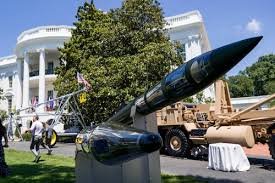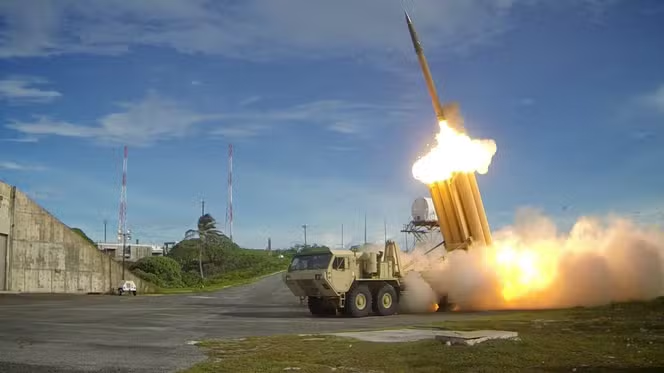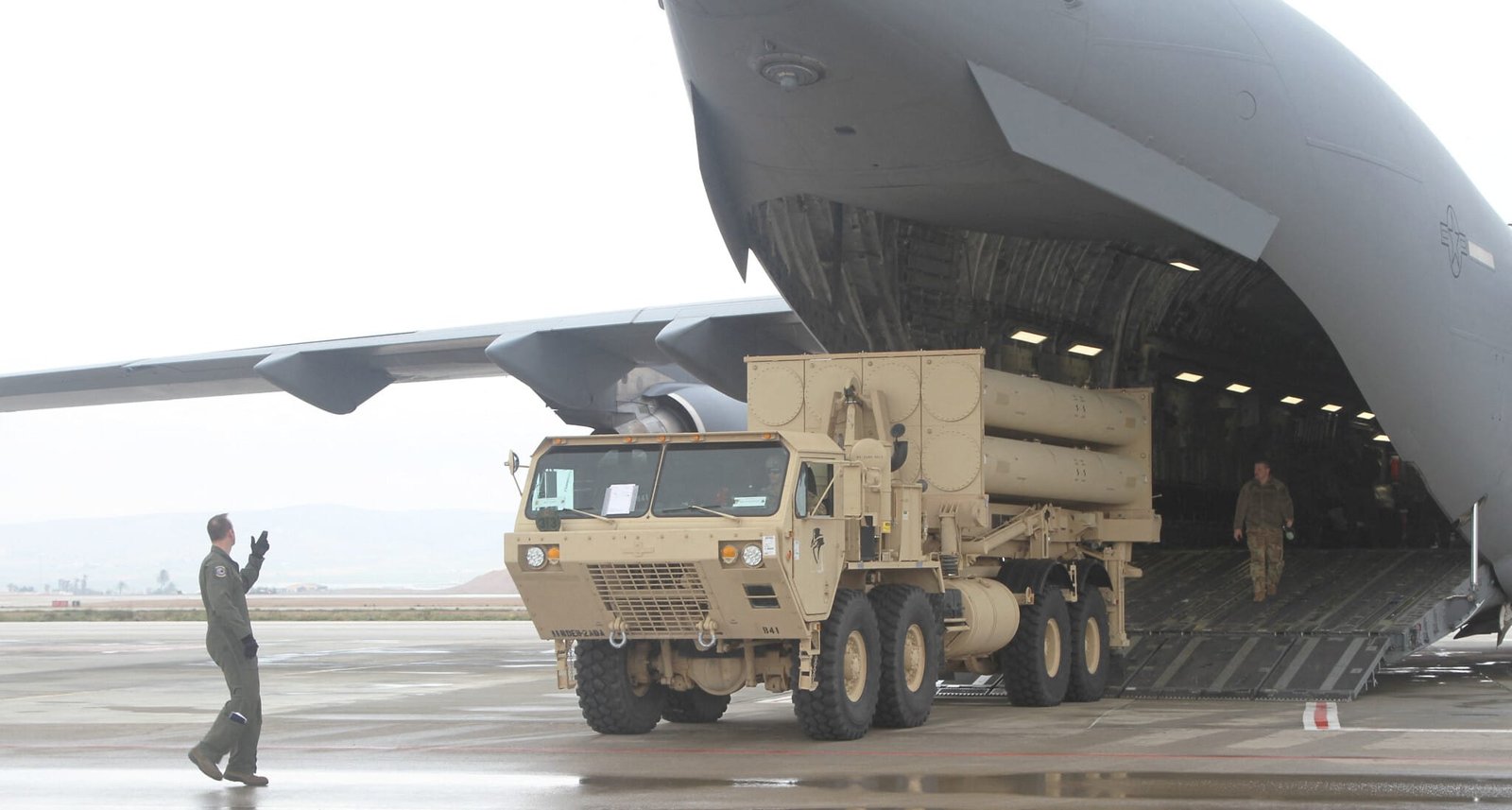The Highlights:
In a move that appears to strengthen Israel’s defense infrastructure, the United States sent its advanced Terminal High Altitude Area Defense missile system to Israel. The move was given approval by U.S. Defense Secretary Lloyd Austin based on orders from President Joe Biden; an action that could bring out the full military might of the U.S. and Israel during tense situations, such as those that exist with Iran. The production comes as part of wider efforts to bolster Israel’s defense in the eventuality that the country is attacked by ballistic missiles by Iran and its regional associates.
Role of THAAD in Defense of Israel
THAAD is a U.S. missile defense system, designed to intercept and destroy ballistic missiles in their terminal phase of flight. In contrast to a conventional offensive missile system, THAAD is exclusively defensive, effecting destruction via kinetic energy rather than explosive warheads. One THAAD battery consists of several truck-mounted launchers, radar systems, and interceptors, requiring a highly trained crew of U.S. personnel.

This missile defense system adds to the layered-defense network of Israel through supplementing other systems, like the short-range engaging Iron Dome, and the David’s Sling medium-range interceptors. THAAD fills a very important gap in countering high-altitude, long-range ballistic missile threats, which might well be the threat with which Iran could pose against Israeli targets.
Escalating Tensions with Iran
This deployment comes in a time when hostilities between Israel and Iran are at a high escalation. On October 1, 2024, Iran launched an unprecedented 180 ballistic missiles against Israel in response to the assassination of key Iranian allies within the region, including Hezbollah leader Hassan Nasrallah. Most of the missiles launched were intercepted by Israel’s existing defense systems, but some broke through the air defense grid and hit military infrastructure.

Hezbollah has also escalated the provocations to new levels, but with stepped-up attacks in the form of drones and rockets along Israel’s northern border. Its response was to escalate military operations against positions in Lebanon held by Hezbollah, which escalates the possibility of a wider regional conflict.
In addition to securing Israel’s defenses against missile attacks, the arrival of THAAD brings 100 U.S. troops with it, indicating a deeper American presence in the region. When Iran and Israel are now poised to increase their confrontation, a system like this will be ready to safeguard Israel and U.S. interests.
Historical Background of U.S. Missile Defense in Israel
Not for the first time, the U.S. is sending a THAAD system into the area. Last year, THAAD was stationed in Israel as part of a training and integrated air defense exercise. But it has not been deployed this time under the expectation of fighting in combat. Part of the overall strategy for a global missile defense system, which the United States is currently implementing, has also included the placement of THAAD systems in other strategic locations, such as South Korea and the Middle East.
This move manifests the U.S. administration’s genuine commitment to ensuring Israel’s security amidst intensifying conflict with Iran and its proxies. Maj. Gen. Patrick Ryder, a spokesperson for the Pentagon, expressed that this operation is one of several adjustments in the broader structure of the U.S. military presence in the region, aimed at protecting both Israel and U.S. personnel from Iranian missile attacks.
Global Concerns on the Deployment
This will send an aggressive message not only to Iran but also to other adversaries in the region, such as Hezbollah and Syria. The development of the missile defense capabilities of Israel also indicates that the U.S. is prepared for active defense if the scenario escalates further. Furthermore, this move reassures other U.S. allies in the region like Saudi Arabia and the United Arab Emirates, who also face threats from the Iranian missile forces.
However, the deployment of U.S. forces side by side with the missile defence system equally exposes American forces to increased risks of direct involvement in the Middle East. Since things are very volatile, the presence of Americans in Israel might serve as a deterrent to Iranian aggression but might equal serve the identification of more targets in case the situation escalates.
Conclusion
The deployment of the THAAD missile defense system by the United States to Israel will prove to be an important step in enhancing Israel’s defense capacities against the increasing threat from Iran and its regional proxies. With rising tensions, the THAAD system will prove to be an important part of Israel’s defense strategy in order to counter attacks from high altitude ballistic missiles. On the other hand, the deployment is a testament to the heavy military alliance between the U.S. and Israel, thus reaffirming America’s commitment towards protecting its key ally in the region.
For Latest News Updates Click Here
